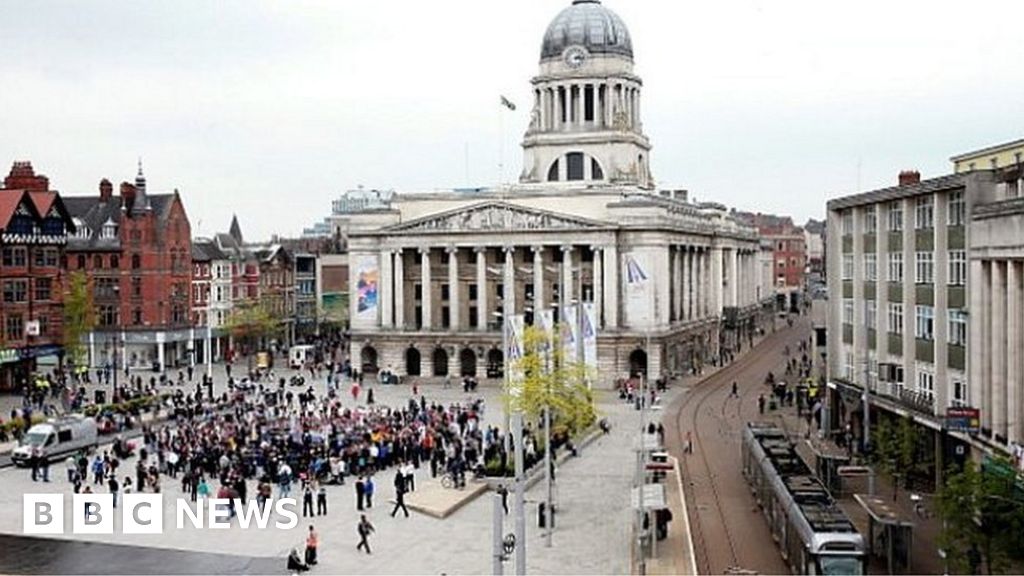

This is also the reason for the numbers of tourists who visit places like Sherwood Forest, City of Nottingham, and the surrounding villages in Sherwood Forest. Nottinghamshire is famous for its involvement with the legend of Robin Hood. Oswaldbeck was absorbed in Bassetlaw, of which it forms the North Clay division, and Lythe in Thurgarton. Sometime between 16, they were reduced to six – Newark, Bassetlaw, Thurgarton, Rushcliffe, Broxtowe, and Bingham, some of these names still being used for the modern districts. Until 1610, Nottinghamshire was divided into eight Wapentakes. In the 18th and 19th centuries, mechanised deeper collieries opened, and mining became an important economic sector, though these declined after the 1984–85 miners' strike. During the industrial revolution, the county held much needed minerals such as coal and iron ore, and had constructed some of the first experimental waggonways in the world an example of this is the Wollaton wagonway of 1603–1616, which transported minerals from bell pitt mining areas at Strelley and Bilborough, this led to canals and railways being constructed in the county, and the lace and cotton industries grew. In Norman times, the county developed malting and woollen industries. The name first occurs in 1016, but until 1568, the county was administratively united with Derbyshire, under a single Sheriff. However, there is evidence of Saxon settlement at the Broxtowe Estate, Oxton, near Nottingham, and Tuxford, east of Sherwood Forest.

The county was settled by Angles around the 5th century, and became part of the Kingdom, and later Earldom, of Mercia. Nottinghamshire lies on the Roman Fosse Way, and there are Roman settlements in the county for example at Mansfield, and forts such as at the Broxtowe Estate in Bilborough. The conurbation has a population of about 650,000, though less than half live within the city boundaries. Over half of the population of the county live in the Greater Nottingham conurbation (which continues into Derbyshire). In 2017, the county was estimated to have a population of 785,800. The City of Nottingham was administratively part of Nottinghamshire between 19, but is now a unitary authority, remaining part of Nottinghamshire for ceremonial purposes. The districts of Nottinghamshire are Ashfield, Bassetlaw, Broxtowe, Gedling, Mansfield, Newark and Sherwood, and Rushcliffe. The traditional county town is Nottingham, though the county council is based at County Hall in West Bridgford in the borough of Rushcliffe, at a site facing Nottingham over the River Trent. Nottinghamshire ( / ˈ n ɒ t ɪ ŋ ə m ʃ ər, - ʃ ɪər/ abbreviated Notts.) is a landlocked county in the East Midlands region of England, bordering South Yorkshire to the north-west, Lincolnshire to the east, Leicestershire to the south, and Derbyshire to the west.


 0 kommentar(er)
0 kommentar(er)
